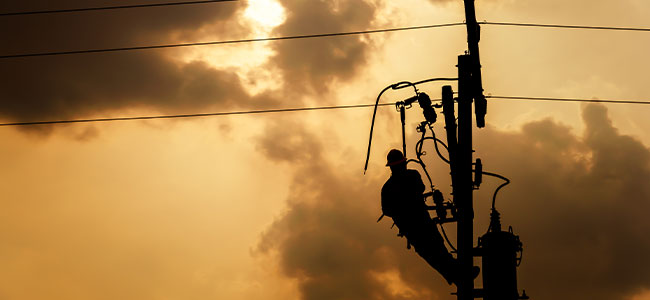
Power Outage Preparedness: Essential Steps to Protect Against a Facility Failure
Preparing for power outages involves essential steps, robust planning and investment in high-performance lighting to protect facilities and ensure continuous operations.
- By Rizwan Ahmad
- Apr 24, 2024
Power interruptions are posing a much greater risk throughout the U.S., largely due to an aging power grid and an increase in extreme weather events.
Equipment damage and production interruptions can drastically increase operating expenses and decrease revenue, ultimately resulting in lower profitability. The cost of unplanned downtime in manufacturing is estimated to be as high as $22,000 per minute and totaling $50 billion a year.
But power outages are not just inconvenient. When it comes to the industrial sector, the implications of a “lights out” scenario are tremendously costly and can quite literally put lives at risk.
Employee Safety Is a Top Priority
When considering heavy machinery, moving equipment, and harsh and hazardous conditions as a baseline, an unexpected power failure can instantly plunge a worksite into darkness, exposing employees to accidents at a much greater rate.
In fact, OSHA has identified poor lighting as a leading cause of injuries caused by slips, trips, falls and contact with objects and equipment.
This is why having a plan to address power failure before it happens is a no-brainer for all companies in the industrial sector.
Here are two practical steps to protect the business and employees today:
- Prepare and Practice a Power Outage Plan
Beyond utilizing backup generators as part of the resilience strategy, create formal power disruption protocols that identify critical equipment, emergency power sources and non-essential systems that can be shut down.
Then, conduct emergency drills to pressure test these protocols and refine the plan based on simulated as well as real-world outcomes to ensure readiness to a variety of operational challenges.
Being prepared for the unknown is the first step in keeping employees safe and reducing the risk of accidents and injuries. Don’t wait until a power outage occurs to realize the need to put a fool-proof plan in place.